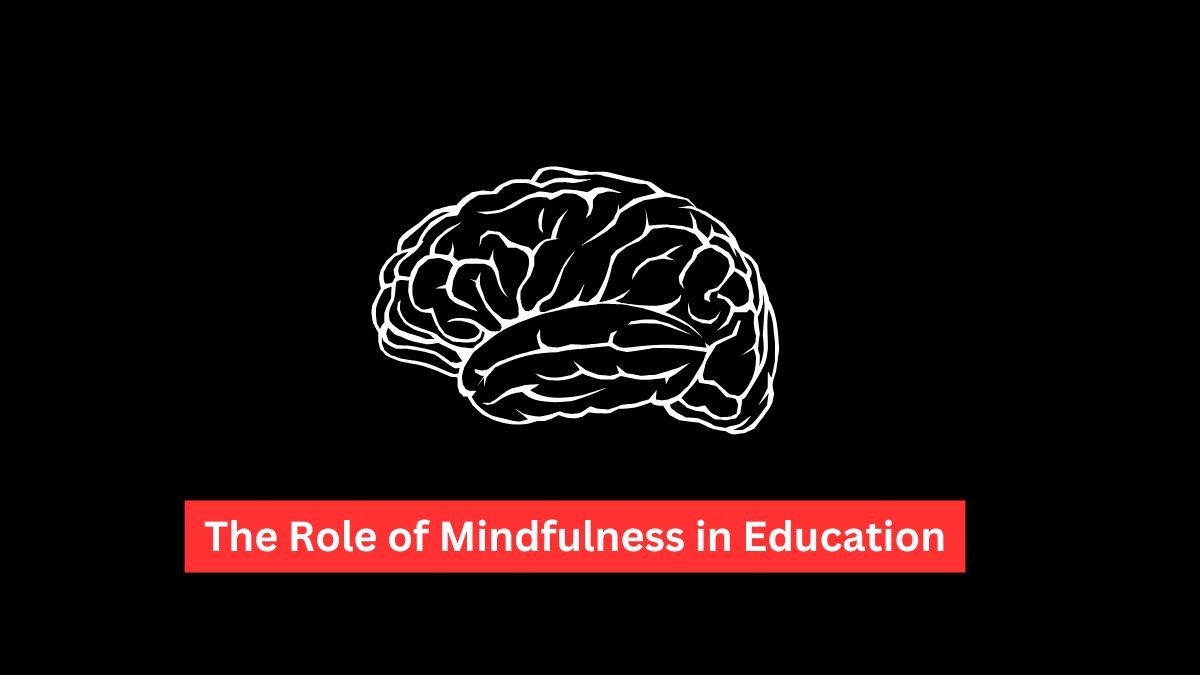In an increasingly fast-paced world, the importance of mindfulness in education is gaining recognition. Mindfulness practices not only enhance learning but also foster emotional well-being among students and educators. This article explores what mindfulness is, its benefits in educational settings, and how it can be effectively implemented in classrooms.
Understanding Mindfulness
What is Mindfulness?
Mindfulness is the practice of being fully present and engaged in the moment, without judgment. It involves awareness of one’s thoughts, feelings, and surroundings, promoting a calm and focused mind. Essentially, it’s about paying attention to what’s happening right now rather than getting lost in distractions.
The Science Behind Mindfulness
Research has shown that mindfulness can lead to physiological changes in the brain, enhancing areas associated with focus, emotional regulation, and stress response. By practicing mindfulness, individuals can improve their mental health and cognitive functions, making it a powerful tool in educational contexts.
Benefits of Mindfulness in Education
Enhancing Focus and Attention
Mindfulness helps students develop better concentration skills. When students practice mindfulness, they learn to control their attention, making it easier to focus on tasks and absorb information. This can lead to improved academic performance and classroom engagement.
Reducing Stress and Anxiety
The pressures of academic life can lead to significant stress and anxiety among students. Mindfulness practices can act as a buffer, teaching students how to manage their emotions and reduce feelings of overwhelm. This, in turn, creates a more positive learning environment.
Improving Emotional Regulation
Mindfulness equips students with tools to understand and manage their emotions effectively. By fostering greater emotional awareness, students can respond to challenges and conflicts more constructively, leading to improved relationships with peers and teachers.
Read Also:- Creative Strategies in Elementary Science Education
Fostering a Positive Learning Environment
A classroom infused with mindfulness practices tends to be more supportive and collaborative. When students and educators are mindful, it creates a culture of respect, empathy, and open communication, contributing to a healthier school climate.
Implementing Mindfulness in the Classroom
Mindfulness Practices for Educators
Teachers play a crucial role in implementing mindfulness in education. Here are some practical practices they can adopt:
Breathing Exercises
Simple breathing exercises can be integrated into daily routines. For example, taking a few minutes at the start of a class for students to focus on their breath can help calm their minds and prepare them for learning.
Guided Meditations
Educators can lead short guided meditations, encouraging students to close their eyes, focus on their breath, and let go of distractions. This can be especially beneficial during stressful times, such as before exams.
Incorporating Mindfulness into Curriculum
Mindfulness can be woven into the fabric of the curriculum in various ways:
Mindful Moments During Lessons
Teachers can create “mindful moments” throughout the day, encouraging students to pause, reflect, and tune into their feelings or thoughts before moving on to the next topic.
Integrating Mindfulness into Subjects
Subjects like social studies or literature can incorporate discussions around mindfulness themes, such as empathy, understanding emotions, and the importance of being present in the moment.
Read Also:- Social Justice Education for Global Citizenship Awareness
Challenges in Implementing Mindfulness
Resistance from Educators and Students
Some educators and students may be skeptical about mindfulness practices. It’s essential to provide training and demonstrate the benefits to encourage buy-in from all stakeholders.
Time Constraints in Busy Curricula
In a packed school schedule, finding time for mindfulness practices can be challenging. However, integrating short practices into existing routines can make it more manageable.
Ensuring Accessibility for All Students
Mindfulness practices must be inclusive and accessible to all students, including those with disabilities or special needs. Educators should adapt practices to meet diverse needs.
Case Studies and Success Stories
Schools Successfully Integrating Mindfulness
Many schools across the globe have successfully implemented mindfulness programs, resulting in decreased stress levels, improved behavior, and better academic outcomes. For instance, programs in schools in California and Massachusetts have reported positive shifts in student attitudes and academic performance.
Positive Outcomes from Mindfulness Programs
Research indicates that students who engage in mindfulness practices show greater emotional resilience and improved social skills. These benefits extend beyond the classroom, positively impacting students’ overall well-being.
Read Also:- Sustainable Development Goals in K-12 Curriculum
Conclusion
The role of mindfulness in education is increasingly vital. By fostering focus, reducing stress, and improving emotional regulation, mindfulness can transform learning environments for students and educators alike. As we recognize its importance, it’s essential to embrace mindfulness practices in schools, creating a more supportive and effective educational landscape.
FAQs
What are some simple mindfulness exercises for students?
Breathing exercises, body scans, and mindful walking are great starting points. Even a few minutes of focused breathing can make a difference.
How can mindfulness improve academic performance?
By enhancing focus, reducing anxiety, and improving emotional regulation, mindfulness allows students to engage more effectively with their learning materials.
Can mindfulness be beneficial for teachers?
Absolutely! Mindfulness practices can help educators manage stress, improve their emotional well-being, and foster better relationships with students.
What resources are available for implementing mindfulness in schools?
There are numerous resources, including books, online courses, and mindfulness training programs designed for educators.
How can parents support mindfulness at home?
Parents can practice mindfulness with their children through activities like mindful eating, family meditation sessions, or simply encouraging moments of silence and reflection.

